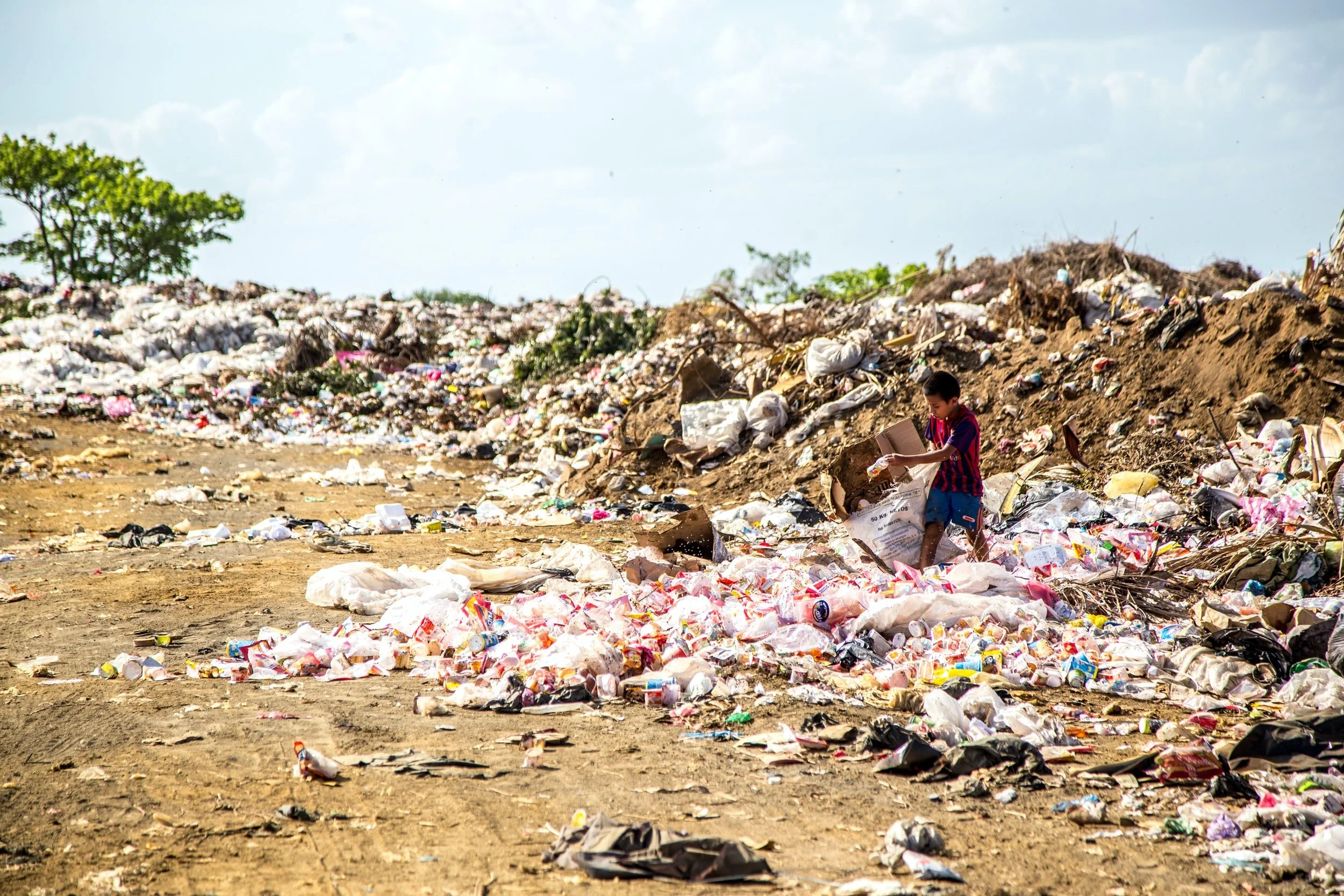Potential investment opportunities presented by Australia's proposed ban on the export of waste
In early November 2019, Commonwealth, state and territory Environment Ministers (through the Council of Australian Governments (COAG)) agreed that certain waste plastic, paper, glass and tyre waste should be banned from export from Australia. A timetable has been set for the export ban that has been described as “ambitious” (and others would use stronger language). The Federal Department of the Environment and Energy has released a discussion paper seeking feedback on Australia’s approach to implementing the ban, with submissions due by 3 December.
The proposed ban comes at a time of a changing dynamic within an industry facing a range of changes, disruptions, challenges and opportunities. The ban presents an opportunity for further investment into the waste market, being a market with a range of opportunities for a variety of investors and investments.
Changing landscape
Until recently the waste market in Australia was focused, broadly, on collection of waste for delivery to a facility which either a) sorted the material for further processing domestically or offshore; or b) transferred the waste for disposal at a landfill. Investment in the industry was largely undertaken by industry, with limited involvement by the finance sector, other than by way of standard corporate debt arrangements.
Over the last two years, there have been some significant changes impacting the industry which has been a catalyst for change in the investment landscape. Some changes have included:
China, being the country which was the main importer of recyclable waste materials from Australia and other countries for many years, is tightening its rules around acceptable contamination limits in the recyclable waste it imports. The new rules are far more stringent and are difficult for existing facilities which aggregate recyclables for export to meet
an increasing global focus on the environment and, in particular, the issue of plastic packaging and inappropriate disposal of plastics resulting in a significant quantity entering the world’s oceans
a shift in the treatment of waste by regulators, with a shifting focus to a circular economy approach to resource use, rather than the existing linear focus on waste.
A changing landscape has put a spotlight on the industry and there is an increasing interest by investors of all types in projects and businesses operating in the space in Australia. For example:
the IPO of waste company Bingo on the Australian Securities Exchange in 2017
Macquarie, Dutch Infrastructure Fund and a range of banks financing a waste to energy facility being built in Kwinana, south of Perth - financial close was reached in 2018
private equity fund CPE Capital (formerly known as CHAMP) making its first investment in the recycling and waste management industry through the acquisition of a waste processing facility near Port Botany in Sydney in 2019
increasing appetite for the sector being expressed by infrastructure funds, private equity and venture capital.
This scenery of disruption and growing market interest only heightens the investment opportunities presented by the proposed export ban.
Proposed ban and the investment opportunity it presents
The ban affects a broad range of waste types, ending an avenue for disposal of some of the recyclable waste produced by Australians. The table below (extracted from the Discussion Paper) sets out the proposed categories of waste that the ban is to apply to and the dates for commencement of the ban. The ban presents a broad spectrum of opportunities for investors, in particular investments in business and infrastructure projects addressing the following:
Sorting facilities
There is an opportunity to invest in existing and new Material Recovery Facilities (MRFs) with improved technology to sort waste. As was highlighted recently in Victoria, some of the challenges that MRFs have faced is sorting material received at their facilities at a satisfactory level, i.e. producing bales of a single source of material that is not contaminated with other material. One of the concerns expressed by countries that are currently receiving recyclable waste from Australia is high levels of contamination in the waste received. MRFs with new sorting technology installed enabling the efficient and effective receipt and processing of waste will be well placed to produce well sorted material that has a broader range of offtakers.
Reprocessing facilities
As the Discussed Paper highlights, waste materials that have been “value-added” are excluded from the ban. This includes materials such as single plastic flakes and pellets; paper pulp; washed and colour sorted glass cullet; crumb rubber, powder and granules; and shredded tyres. The ban provides further incentive to develop such facilities in Australia ensuring access to international as well as any domestic markets for the product. Advanced Circular Polymers’ facility which opened in Victoria in mid 2019 is an example of such a facility.
Recycling facilities
Part of the reason for the export of materials offshore is a lack of domestic facilities that produce materials from the banned waste product or insufficient demand for the material by domestic facilities that do exist. The ban presents an opportunity to invest in domestic solutions for recyclable waste. This was acknowledged, for example, by Coca-Cola Amatil’s CEO in the recent announcement that CCA was exploring building a facility in Australia dedicated to the recycling of PET plastic when she said:
"At the moment we're importing that recycled plastic and we'd love to be able to source some of it at least, from Australia… there's just not enough local supply.”
Recycling facilities would need to be coupled with the sorting and reprocessing facilities referenced above, otherwise they will continue to source flake/pellets for the production of recycled product from offshore suppliers.
Packaging
The ban addresses the material once it is already a waste. There is, therefore, an incentive to avoid the generation of the waste in the first place. One such mechanism for doing this is to address packaging and stimulate investment in companies that are producing packaging solutions that use more easily recoverable and recyclable waste.
Although Australia does not yet have any legislation mandating the use of recycled content in packaging (as is the case in some overseas jurisdictions), Federal and state jurisdictions have agreed to a target that 100 per cent of Australian packaging will be recyclable, compostable or reusable by 2025 or earlier. It is foreseeable that mandatory requirements will be introduced in order to meet the target. The recent announcement by Woolworths of a partnership with Loop and Terracycle to introduce a zero-waste food delivery system is an example of some of the initiatives in this space.
Technology to help address contamination and better sorting
Waste technology that efficiently sorts, cleans and processes waste is captured by the categories above. It is generally accepted that there is a variety of technology available to manage different components of the waste process; the issue is whether such an investment is cost effective and/or meets regulatory requirements.
As the Discussion Paper identifies, “[contamination of recyclable waste is a major challenge, particularly in kerbside collection. Contamination rates could also be reduced by ensuring consumers are well informed about how to recycle correctly.” Separation of waste at source is the best method for effective sorting of waste and there is a huge scope for improvement by businesses and households. There are many examples of apps and other technology being developed to help in education around waste and reduce contamination of bins (Australian Council of Recycling’s recent collaboration with the NSW EPA to develop the RecycleSmart app is but one). IoT and smart sensors are similarly being developed for installation in receptacles to assist with contamination reduction, as well as efficient collection of waste. Investment in this technology is a method for investors to enter the market from an alternative angle.
Final disposal solutions
In the absence of better domestic reprocessing and use of waste that cannot be exported, the remaining solution is disposal. Currently in Australia, landfill is the predominant form of disposal of residual waste. There is an opportunity for investment in higher order end disposal solutions, in particular energy from waste solutions which produce a fuel or generate energy from residual waste. Most states in Australia now have an energy from waste policy and landfill levies in some states are high enough to make investment in an energy from waste plant commercially viable.
Challenges and barriers to investment
Each category of investment opportunity outlined above has individual challenges and barriers. At a high level, however, the main impediments to further investment in the sector are:
policy and/or regulations that are either uncertain or inappropriate
insufficient market for end products.
The government has the opportunity to assist in the removal of these impediments and would be well placed to take such action in combination with the introduction of the export ban.
Regulation
As identified in recently released Infrastructure Partnership Australia’s Australian Infrastructure Investment Report 2019, political risk and regulatory uncertainty is the greatest barrier to infrastructure investment in Australia. The waste sector is far from immune.
Regulatory uncertainty is impacting the waste sector in a variety of ways, including:
lack of sufficient clarity - a good example is in respect of waste to energy where some jurisdictions are not expressing sufficient certainty around whether state environmental protection agencies are supportive of the process
timeframes for resolution of policy - many jurisdictions are awaiting release of final waste and circular economy policies
inconsistency between different jurisdictions
complexity and time frames associated with planning and environmental approvals required for infrastructure
lack of relevant standards for use of recycled products, such as using recovered glass and tyre for roads. Relevant to this is the example of the NSW EPA banning the use of mixed waste organic output, resulting in products that had been diverted from landfill once again going to landfill.
Waste has typically been the domain of State governments, but with the environment being a responsibility of the Federal government as well, including waste (as recognised by the introduction of an Assistant Minister for Waste Reduction and Environmental Management in the current Federal Ministry), there is opportunity for the Federal government to implement further guidance, standardisation and targets in conjunction with the proposed export ban. The speed with which this is addressed will need to match the ambitious timeframes proposed for the export ban.
Limited market for recycled products
While it is admirable to have introduced a ban on the export of materials, there is also an associated need to help in the promotion of a market for material produced from recovered and recycled waste. This can be achieved in various ways including procurement commitments in respect of materials produced from recycled material; mandating minimum requirements for recycled content in packaging; and/or tax incentives, among others. Without a market for recycled products, the ban will result in recyclable materials being stockpiled or landfilled.
By way of example, the ban on the export of glass will not realistically change the current path for glass waste. According to the Discussion Paper, only 1% of glass recyclate produced in Australia is exported. Glass is already presenting challenges for the industry and initiatives to stimulate end markets for products produced from glass waste are required. If the Government partnered the export ban with procurement promises for purchase of recycled products (e.g. in roads), this would significantly stimulate the market for recycled products.
Conclusion
The opportunity for investment in the sector has never been better and there are a range of parties that are willing and able to commit to the sector. In seeking feedback on the best approach to implementation of the export ban, COAG would be well placed to consider additional initiatives it can take to alleviate some of the barriers to investment in the sector.

